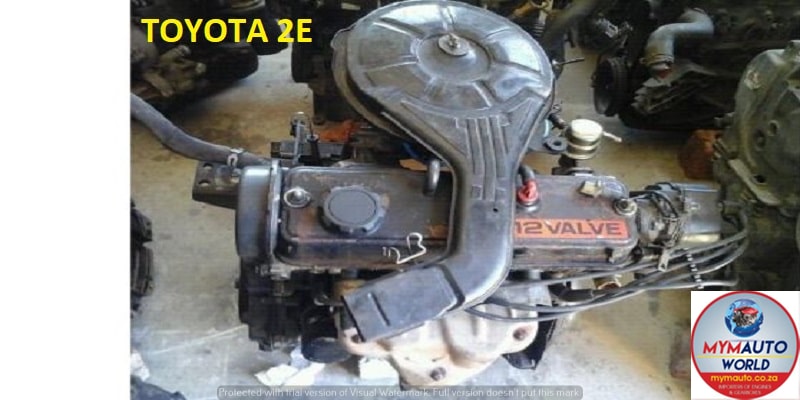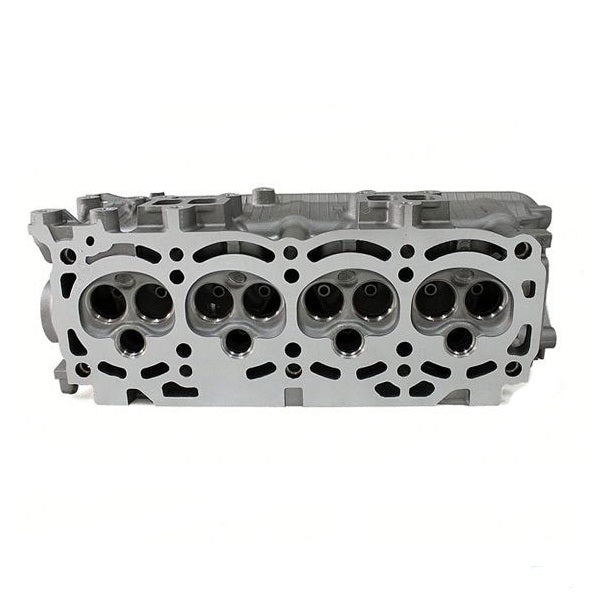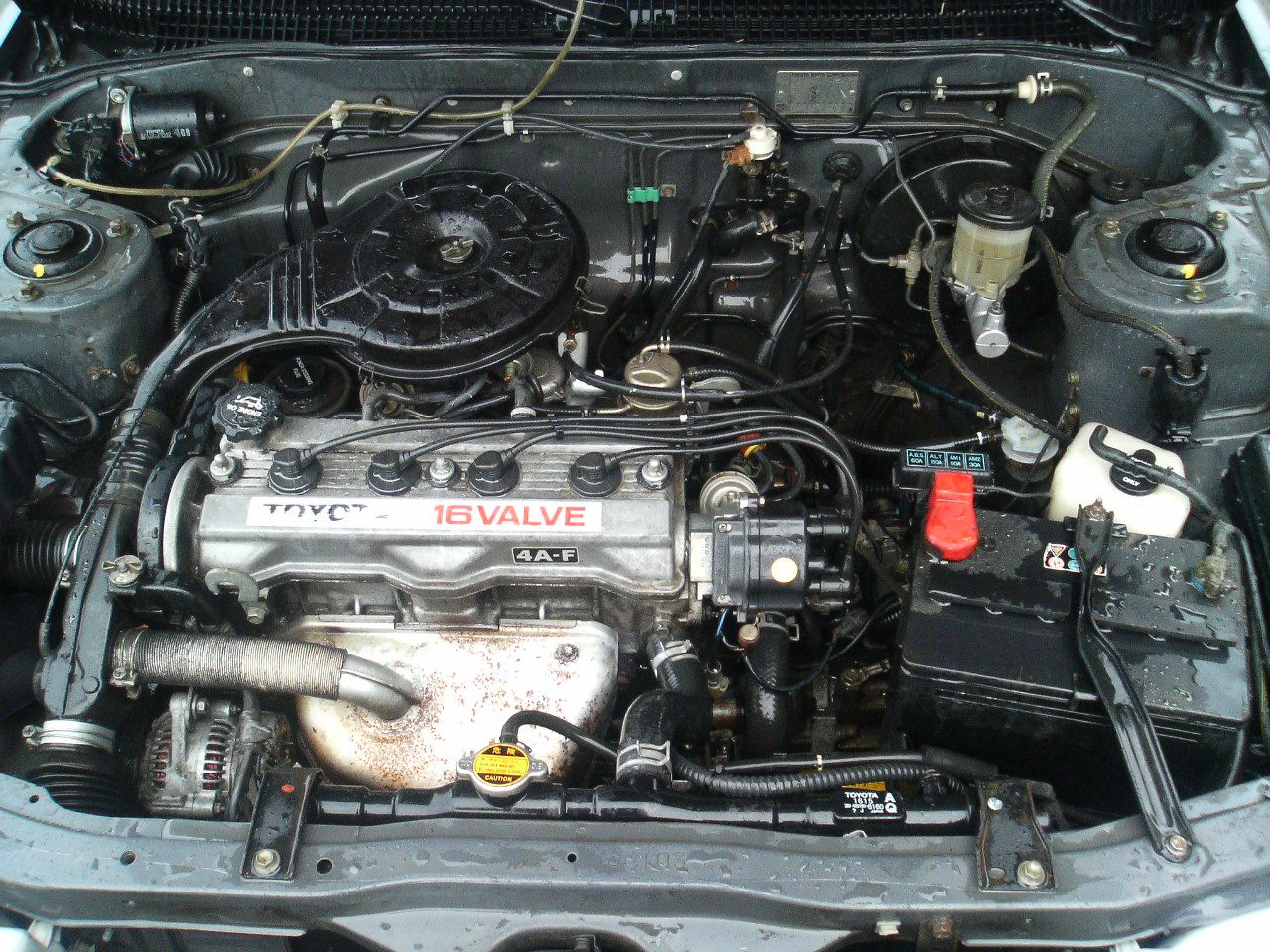Toyota Tazz: The Compact Car That Delivers on Reliability and Fuel Efficiency
Toyota Tazz: The Compact Car That Delivers on Reliability and Fuel Efficiency
Blog Article
Check Out the most recent Fads in Engine Technology With Tazz
In the rapidly evolving landscape of auto modern technology, Tazz stands at the center, highlighting considerable developments in engine systems that prioritize both technology and sustainability. From crossbreed engines that enhance fuel performance to the introduction of hydrogen fuel cells, the trends forming contemporary powertrains are not only boosting performance but additionally attending to vital environmental obstacles.
Hybrid Engine Innovations
Crossbreed engine advancements represent a crucial shift in automotive technology, combining the advantages of internal burning engines with electric propulsion systems. This assimilation not only boosts fuel performance however additionally minimizes emissions, conference increasingly rigid environmental guidelines. By utilizing both power resources, hybrid engines can enhance efficiency, providing power when required while conserving gas throughout less requiring driving conditions.
Current advancements in crossbreed modern technology include renovations in battery efficiency and regenerative stopping systems. These technologies enable better power recovery throughout slowdown, which can be redirected to help in velocity or power accessory systems. Additionally, suppliers are focusing on compact styles and light-weight products to take full advantage of the performance of crossbreed powertrains.
The advancement of plug-in crossbreeds has actually additionally increased the marketplace, enabling chauffeurs to charge their automobiles utilizing typical electric outlets. This attribute often enables significant all-electric variety, additional reducing reliance on standard gas. tazz. As the vehicle market remains to progress, hybrid engine innovations are expected to play an important function in connecting the space between conventional vehicles and fully electrical versions, supplying a transitional option that accommodates diverse consumer demands and choices
Breakthroughs in Electric Powertrains
The vehicle landscape is quickly developing, with electric powertrains becoming a leading pressure in sustainable transportation. Advances in electrical automobile (EV) innovation are considerably enhancing user, efficiency, and effectiveness experience. Secret innovations consist of enhancements in battery chemistry, which have actually boosted energy thickness, decreased billing times, and prolonged overall battery life.
Solid-state batteries, for instance, promise to reinvent the market by giving better security and effectiveness compared to standard lithium-ion cells. Additionally, innovations in regenerative braking systems are making it possible for automobiles to recover energy throughout deceleration, adding to overall effectiveness.
Along with battery innovation, electrical motor designs are ending up being extra sophisticated. Advancements such as incorporated motors and advanced thermal administration systems are aiding to optimize power delivery and minimize weight, inevitably enhancing car dynamics.

Jointly, these developments emphasize the dedication to shift towards cleaner, much more efficient transportation remedies, placing electrical powertrains at the leading edge of automobile development.
The Rise of Hydrogen Gas Cells
Significantly, hydrogen gas cells are acquiring traction as a viable choice to typical interior combustion engines and battery electric lorries. This innovation utilizes the chemical energy saved in hydrogen, transforming it into electricity via an electrochemical response with oxygen. The primary result of this procedure is water, making hydrogen fuel cells an eco pleasant option with absolutely no discharges at the tailpipe.

Automakers are progressively buying hydrogen gas cell modern technology, recognizing its capacity for long-range applications and fast refueling capacities that measure up to conventional fuels. Furthermore, markets such as sturdy transportation and public transportation are particularly well-suited for hydrogen fuel cells, where battery electric services might drop short because of weight and array constraints.
As study and financial investment proceed to expand, hydrogen fuel cells are poised to play a significant role in the future landscape of clean transportation and energy solutions.
Enhancements in Internal Combustion Engines
Technologies in interior combustion engine (ICE) modern technology are changing conventional vehicles to fulfill contemporary environmental criteria and performance expectations. Straight fuel shot, for instance, allows for far better atomization of fuel, leading to even more total burning and improved power output.
Furthermore, turbocharging has obtained importance, allowing smaller sized engines to deliver greater performance without the weight of bigger engines - tazz. This technology not just increases performance however additionally contributes to decrease fuel intake. Variable valve timing systems are additionally being fine-tuned, making it possible for engines to adapt to numerous driving conditions for boosted torque and responsiveness
Furthermore, the usage of lightweight products in engine construction is ending up being standard, additional boosting fuel effectiveness by reducing general lorry weight. Engine control units (ECUs) are progressively sophisticated, allowing real-time changes that optimize performance and exhausts.
These improvements collectively symbolize a crucial shift in ICE innovation, straightening with global sustainability goals while still supplying the efficiency drivers anticipate from their automobiles. As the sector evolves, these enhancements proceed to form the future of typical automotive engineering.
Future Patterns in Engine Effectiveness
Substantial innovations in engine efficiency are anticipated as producers focus on incorporating sophisticated modern technologies to fulfill stringent environmental regulations and consumer demands. The shift towards electrification, hybrid systems, and alternative fuels is reshaping the automotive landscape, driving developments that enhance fuel economy and decrease emissions.
One of the key helpful hints trends is the implementation of advanced products and making strategies. Light-weight compounds and high-strength alloys contribute to reduced read lorry weight, hence boosting general effectiveness. Furthermore, the adoption of turbocharging and variable shutoff timing modern technologies permits enhanced power output from smaller engines, better boosting fuel economy.

Verdict
Finally, the expedition of engine innovation discloses substantial improvements that prioritize sustainability and effectiveness. Technologies in hybrid engine systems, electrical powertrains, and hydrogen fuel cells demonstrate a dedication to decreasing exhausts while enhancing efficiency. Enhancements in interior burning engines and a focus on lightweight products add to overall engine effectiveness. As the auto industry continues to progress, these fads will play a vital duty in shaping a cleaner and more sustainable future for transport.
From hybrid engines that optimize fuel effectiveness to the introduction of hydrogen gas cells, the fads forming modern-day powertrains are not just boosting efficiency yet also addressing crucial environmental challenges.Hybrid engine developments represent a critical shift in automotive technology, combining the benefits of inner burning engines with electrical propulsion systems.Furthermore, turbocharging has acquired importance, allowing smaller engines to supply greater efficiency without the weight of larger engines. Additionally, the adoption of turbocharging and variable shutoff timing modern technologies enables for enhanced power output from smaller sized engines, better improving fuel economy.
Improvements in inner burning engines and a focus on light-weight products contribute to overall engine performance.
Report this page